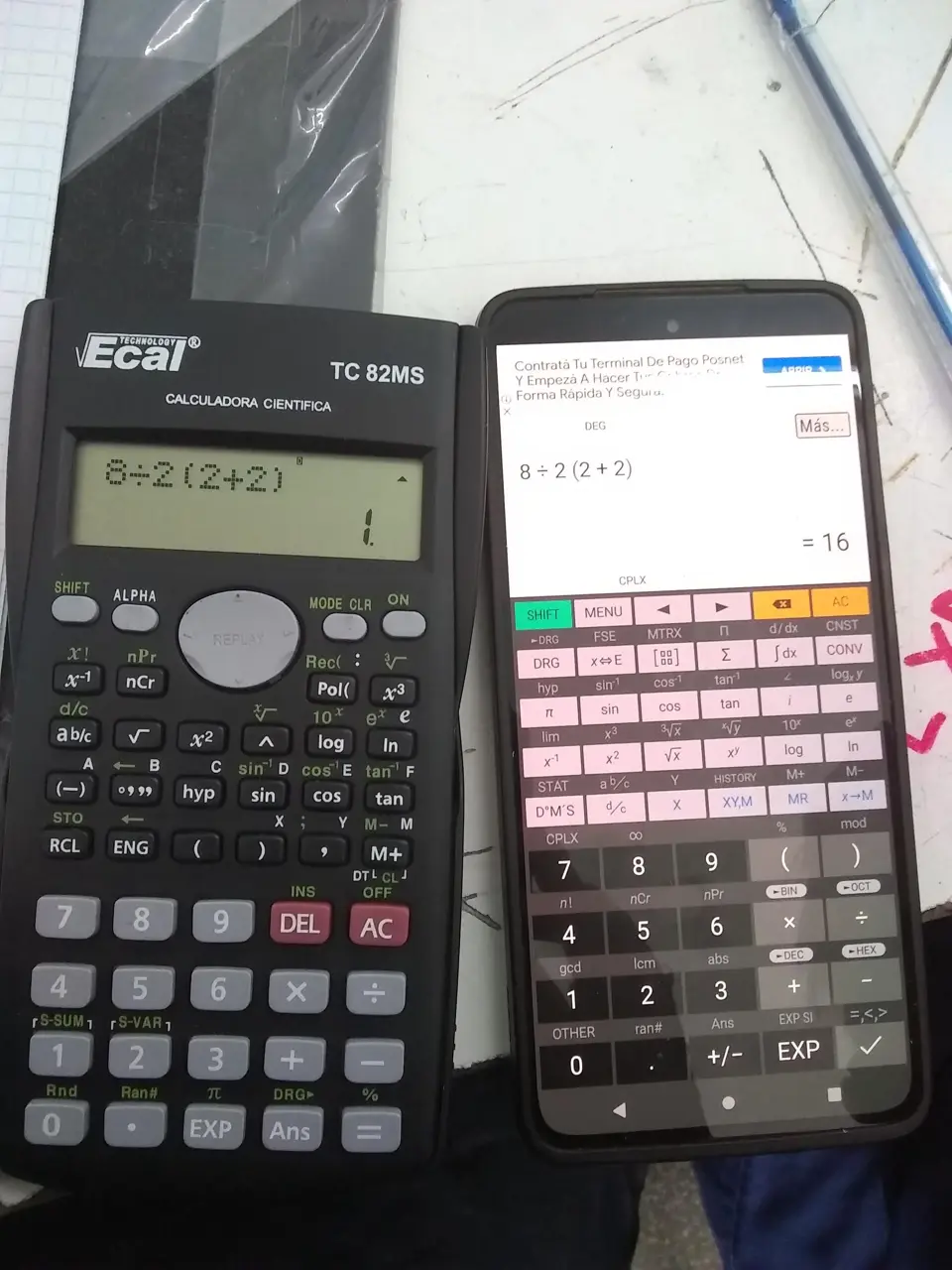this post was submitted on 03 Dec 2023
204 points (100.0% liked)
196
660 readers
32 users here now
Be sure to follow the rule before you head out.
Rule: You must post before you leave.
Other rules
Behavior rules:
- No bigotry (transphobia, racism, etc…)
- No genocide denial
- No support for authoritarian behaviour (incl. Tankies)
- No namecalling
- Accounts from lemmygrad.ml, threads.net, or hexbear.net are held to higher standards
- Other things seen as cleary bad
Posting rules:
- No AI generated content (DALL-E etc…)
- No advertisements
- No gore / violence
- Mutual aid posts are not allowed
NSFW: NSFW content is permitted but it must be tagged and have content warnings. Anything that doesn't adhere to this will be removed. Content warnings should be added like: [penis], [explicit description of sex]. Non-sexualized breasts of any gender are not considered inappropriate and therefore do not need to be blurred/tagged.
If you have any questions, feel free to contact us on our matrix channel or email.
Other 196's:
founded 2 years ago
MODERATORS
you are viewing a single comment's thread
view the rest of the comments
view the rest of the comments

They literally mean the same thing - just one is used in some countries and the other is used in other countries.
Yes they both are multiply, but...
Calculate 8 ÷ 2a where a = 4. Then,
Calculate 8 ÷ 2 × a where a = 4.
See how in the first form a is implied to be part of the fraction where in the second it isn't?
A dot • could be between 2 and a and it would still follow the first example. In vector multiplication, dot and cross products produce different results.
It's not implied, it's explicitly because of the definition of Terms.
P.S. now substitute a=2 and you'll see why it matters.
No, it wouldn't. Inserting a dot (multiplication) makes it the same as your second example. i.e. 3 Terms, not 2 Terms.
This isn't vector multiplication. This is Year 7 algebra.
We agree that the two situations are separate. You can call them terms or whatever, since we're multiplying and dividing the idea of terms seems irrelevant here to me but I suppose for pedantry's sake we can entertain it. It doesn't matter what a is, but the first result is 4 ÷ a the second result is 4a.
I use the dot as an expression of the same term rather than separate. This is matter of my notational convention, due to dot multiplication providing a single scalar result where cross multiplication resulting in a vector product. You can write 10 paragraphs telling me that my convention is wrong and why but I don't really care that much, to save you some time.
ETA: When I handwrite out non-Vector equations, you will rarely see me write a • or a × sign inside of a fraction anyway, it's placement is generally clear enough for me, and I will put brackets where it's confusing.
Ok, that's a start.
Exactly! So when a=2 then 4÷a=2, and 4a=8, which isn't the same thing. Welcome to why 2a and 2xa (and therefore also 2.a) aren't the same thing.
But that is incorrect. A dot is used for multiplication. i.e. it separates terms. If you use a . for 2.a, then you are writing the same thing as 2xa, not the same thing as 2a.
Well, that's fine enough if you keep it to yourself, but don't use it in anything anyone else is going to read, or you're going to run into the issues I just pointed out